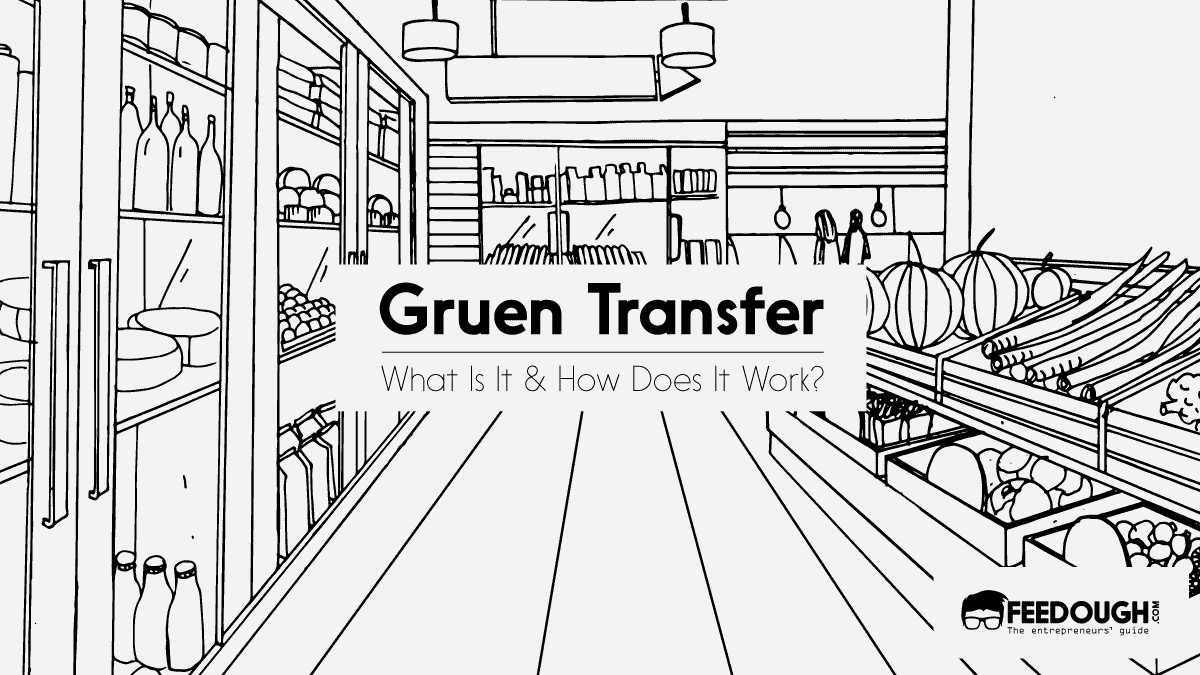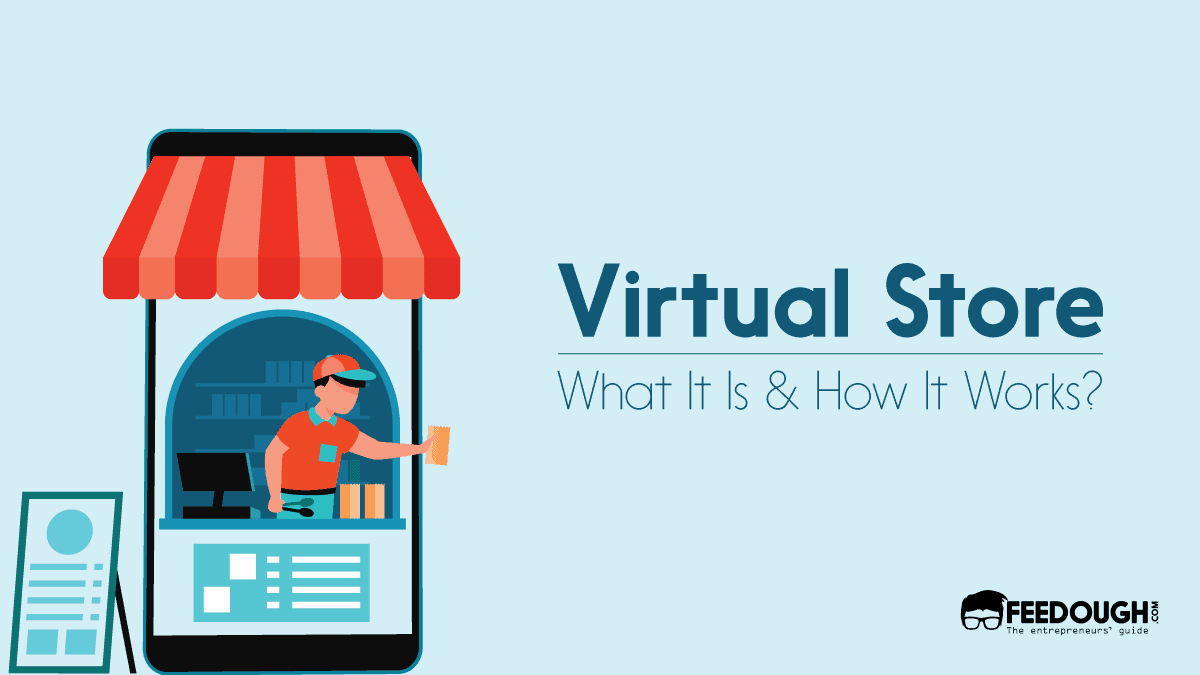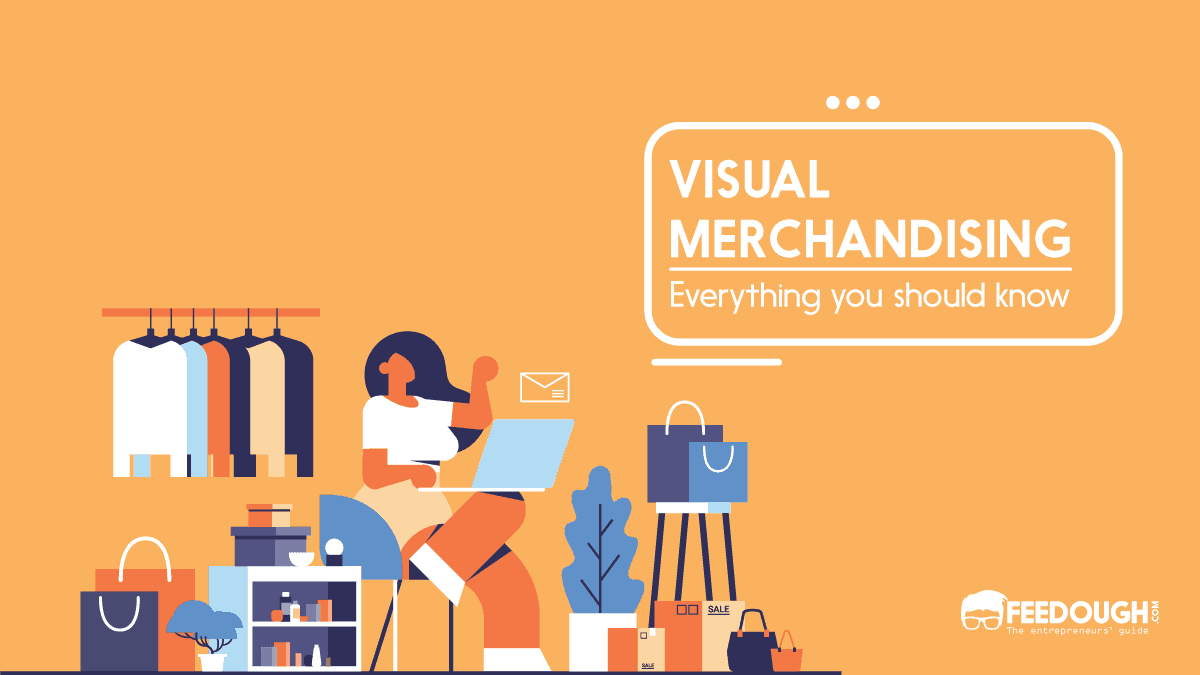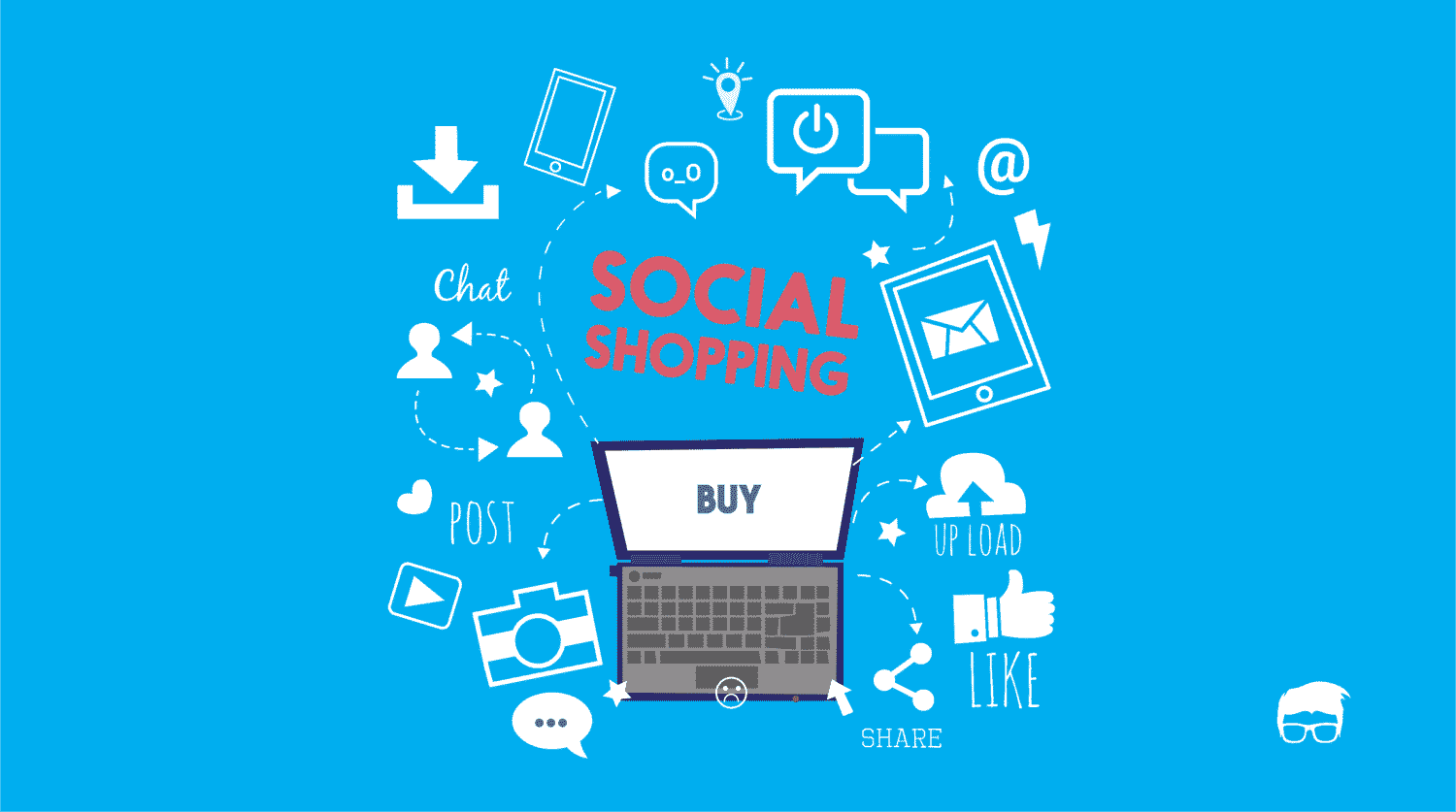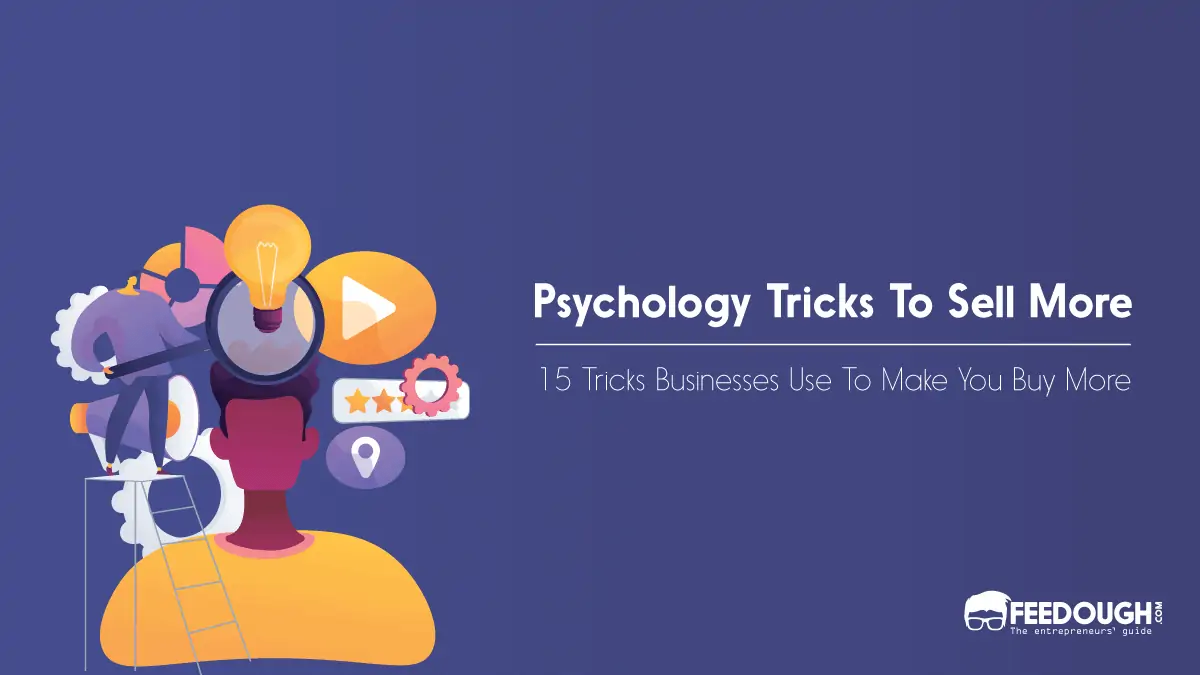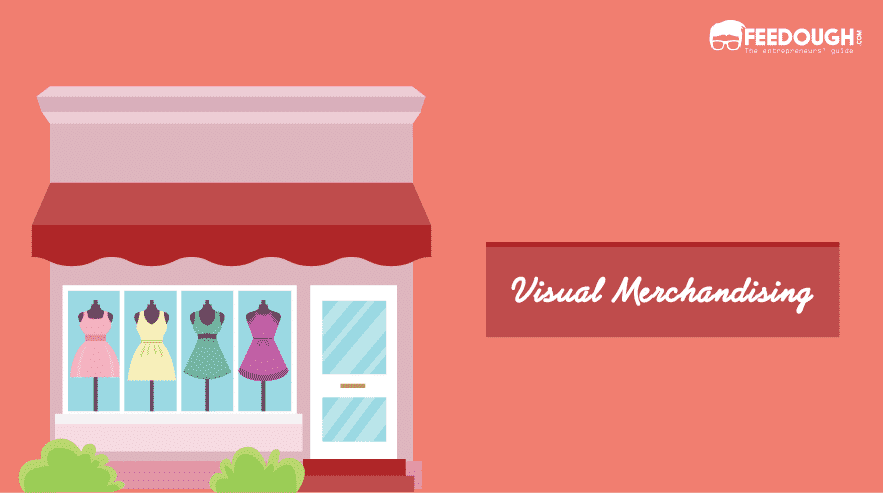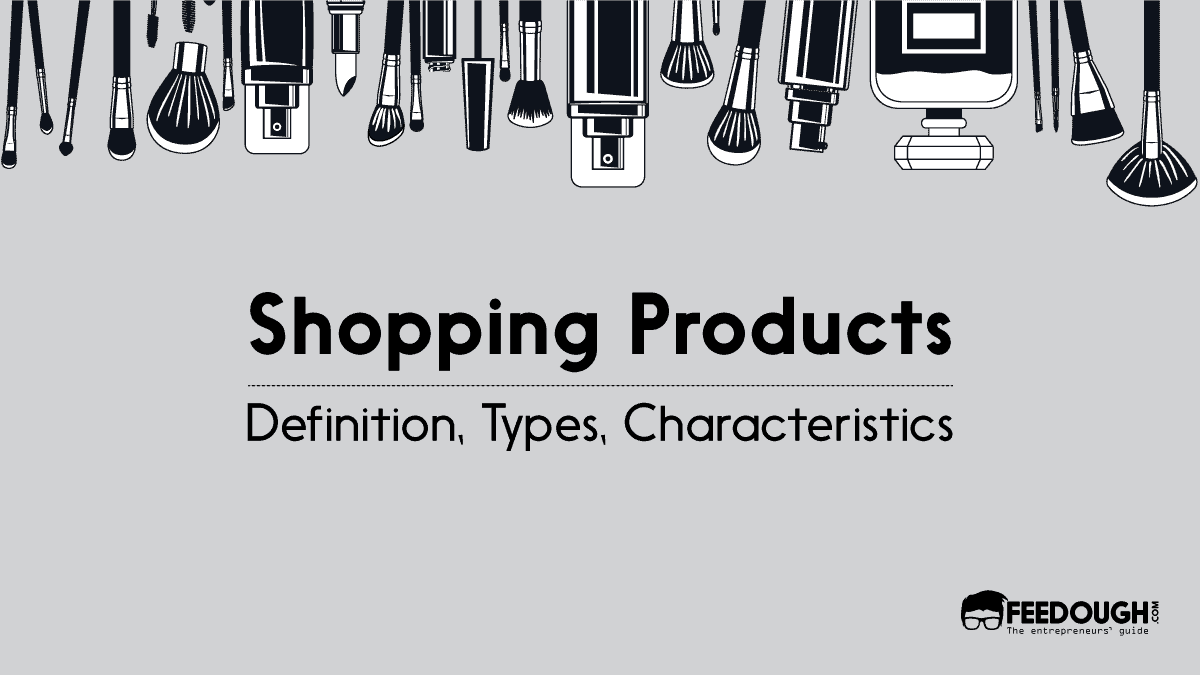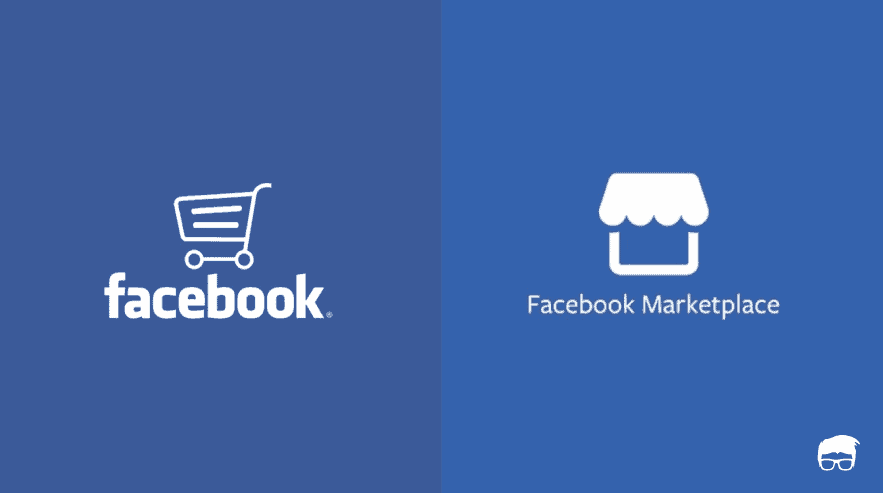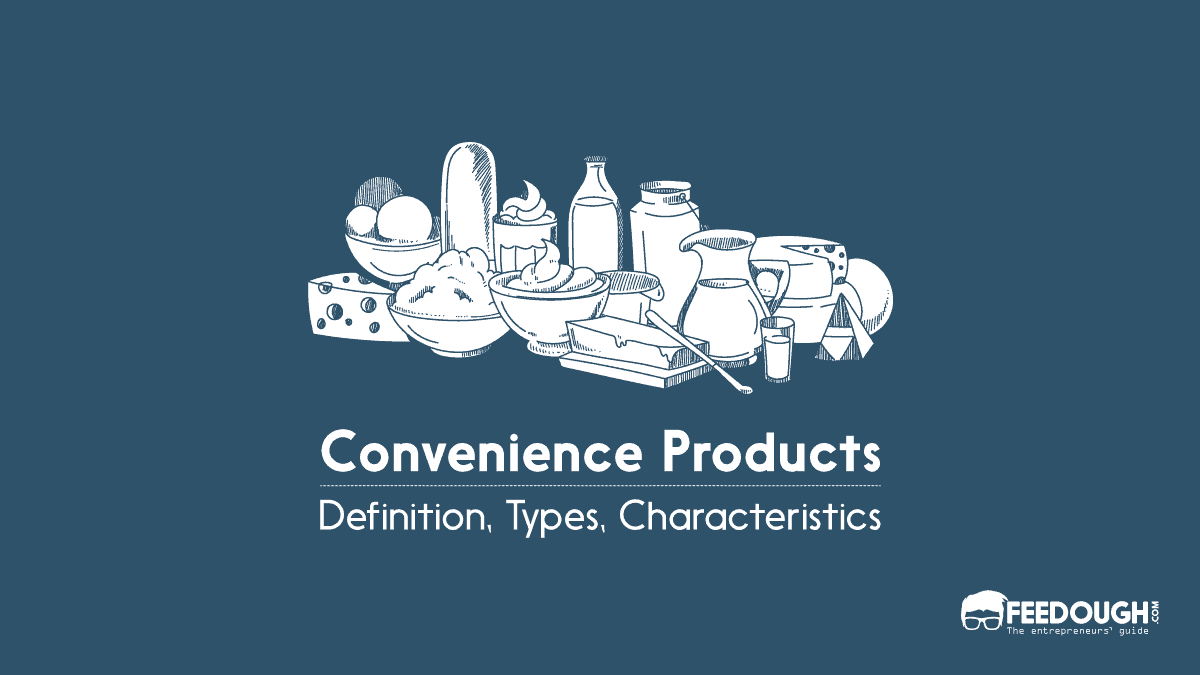Shopping is not just buying things; it is a mixed bag of experiences that involves the use of senses – colour, light, smell and sometimes even taste.
Unfortunately, it is a widespread phenomenon to enter a shopping mall with the intent to buy a pair of handkerchiefs but check out with a cart full of unnecessary things.
The shopper enters the store and is presented with a bunch of things that act as external stimuli. Starting with how big and fancy the store is, the brightly lit spaces make the products look more appealing, and the extensive display of these products enables the customer to browse through the whole store. These fundamental factors combine, and the customer goes on a mindless shopping spree. This mindless spree is known as the Gruen effect or the Gruen transfer.
This guide gives an insight into the Gruen transfer and how brands use it to earn multi-billion dollar profits through impulsive buying behaviour in customers.
What Is The Gruen Transfer?
The Gruen transfer, also termed as Gruen effect, is a psychological phenomenon created by the surrounding of the intentionally formed confusing layout that transfers the customer’s attention from their intended buying purpose to the store’s agenda.
In simple terms, it makes an individual lose track of their original buying intention and leads them to make impulse purchases.
Gruen transfer involves environments that are designed to confuse and disorient the customers. They include confusing store layouts, catchy displays, smart product placement, attractive advertising banners, multiple checkout lanes, and other distractions like music and lighting.
Such retail environments are created to stimulate the customers’ senses and draw their attention, leading them to make unintended purchases or upgrades.
For example, a customer may enter a supermarket intending to purchase groceries. But on the way to the aisle, they pass through a display of discounted clothing items. The customer is drawn to the discounted prices and may buy clothes instead of just groceries.
How Does Gruen Effect Work?
The idea behind the Gruen effect is to create an environment where it is difficult for the customer to make rational decisions. It aims to take their attention away from what they were originally intending to purchase and towards other products that the store has to offer. Marketers do it by:
- Overwhelming shoppers with product choices: By creating a wide variety of products, it becomes difficult for the customer to choose a specific item.
- Using attractive colours and displays: Bright colours, interesting displays, and attractive packaging draw customers in and create an emotional connection to the product.
- Creating impulse purchase areas: Placing items at checkouts or strategically placing them in the store encourages shoppers to purchase without thinking it through.
- Making customers lose track of time: Store layout, music, and smells can create a sense of calm that makes customers linger longer and purchase more.
- Creating an inviting atmosphere: Stores are designed to look inviting and make customers feel comfortable, encouraging them to stay longer and spend more.
The Gruen transfer is caused by sensory overload leading to consequent confusion that puts the customer in some form of hypnotic trance, making them susceptible to doing what the marketer wants them to do.
For example, a common tactic used in retail stores is to place the most expensive items at eye level. Making these items more visible increases the chances of a consumer buying them without having to compare prices with other products.
What Are The Elements Of The Gruen Effect?
The Gruen effect results from several elements working together. These include:
- Ambience: This refers to the store’s atmosphere, environment and decor. How a store is laid out and decorated can influence customers’ emotions and opinions about the products they are considering.
- Layout: The way products are arranged on shelves and racks also influences customers. For example, Ikea strategically places items around the store to make it look like a maze that confuses customers. This makes them feel like they have to explore more before making a decision, which increases the chances of them buying something.
- Product placement: Product placement refers to where products are placed in relation to one another. This is used to manipulate customers’ emotions and create an illusion of value for certain products. For example, placing an expensive item next to a cheaper item can make the expensive one look like it’s a better deal.
- Marketing: Attractive displays, promotional materials, coupons, and discounts all work together to create an atmosphere that entices customers to buy.
- Salesperson effect: Personal touch often has a more profound effect on customers than digital advertisements. Salespeople can speak directly to the customer, listen to their needs, and guide them through the buying process. They are also in a better position to answer any questions or concerns that may arise.
- Sensory Appeal: Sight, sound, smell, and touch all have an effect on how customers feel when they are in a store. While soft music and pleasant aromas help create a welcoming atmosphere, visuals such as bold colours, interesting displays, and attractive packaging can also be used to draw shoppers in.
The Origin Of The Gruen Effect
During the late 1930s, when commercial spaces and retail stores just started surfacing, and products and facilities were made available, people – businesses faced real challenges:
- To attract customers
- To convert leads into customers
- To make people buy stuff (pardoning their limited purchasing capacity)
The man who changed this scenario was Victor Gruen, the person credited with designing the first modern shopping mall.
Gruen’s life’s mission was to design a successful retail space that would not only allure customers inside but also compel them to make an actual purchase. Making his mission a reality, Victor invented the Gruen effect technique. He wanted to re-create a public habitat where shoppers would indulge in impulsive purchasing.
“Shoppers will be so dazzled by a store’s surroundings, they will be drawn—unconsciously, continuously—to shop.”
wrote Gruen biographer M. Jeffrey Hardwick,
His conclusions were simple – an excellent store design would increase profits.
Gruen further visualised a space filled with utility, entertainment and community. He believed that an area where a consumer gets everything he wants gets:
- Dazzled with the glimpse of a better lifestyle.
- A sense of association and likes to hang out more in such spaces.
- Unconsciously and continuously shops.
In 1956, Gruen’s theories of retailing and mall design were put to the test with the opening of Southdale Center in Edina, Minnesota. This was the first enclosed shopping mall, and it featured many of Gruen’s essential ideas – wide streetscapes so people can window-shop, a central court or gathering place, plenty of natural light and plants, separate stores with different store fronts to create the illusion of a city.
Today, Gruen’s impact on shopping malls can be seen in almost all modern retail centers. Many of them feature his signature ideas – wide sidewalks, gathering places, and a central focus that draws people in. Malls have also become destinations for consumers seeking entertainment, which is another Gruen idea. Modern malls feature cinemas, theaters, dining and recreation options that draw people in and encourage them to stay longer.
A survey estimates that today, more than 50% of a shopper’s purchase is usually unplanned, and one of the most efficient ways to influence this behaviour is through a store’s architecture. This was exactly Victor Gruen’s vision – to create an environment that would make people want to stay and shop.
What Is An Impulsive Purchase – The Final Stage Of The Gruen Transfer?
Impulsive buying is the act of purchasing products without prior planning to gratify one’s immediate desire to purchase them. It is mainly driven by irrational thinking and emotions. Marketers continuously try to tap this customer behaviour to boost their sales.
For instance, if a lady leaves the house with the intention to purchase two t-shirts but ends up buying four t-shirts, a handbag, perfume, and nail paint – it is because emotions got carried away with the alluring store’s design and various offers – is an impulsive purchase.
Applications Of Gruen Transfer
A person can easily notice Gruen transfer applications in:
- Shopping malls: Shopping malls are designed to create an atmosphere of convenience, comfort and leisure. They aim to target the subconscious and influence the decision-making process of individuals. They tend to make customers linger in the area longer and make them buy more than what they intended to.
- Supermarkets: Supermarkets are designed with an aim to increase the number of purchases that customers make. They tend to arrange their placement of products, shelves, and displays so as to make customers reach their intended products only after seeing other products that may catch their attention.
- Retail stores: Retail stores make use of attractive window displays, lighting and colours that appeal to the customers. They also strategically place the products in a way that entices people to spend their money on items they did not plan on buying before entering the store. For example, Target and Decathlon display all of their sale items and offers right in front of the main entrance to attract customers who can just pick out a cart and start shopping immediately.
- Restaurants: Gruen effect even plays an important role in restaurants. For example Starbucks uses aroma marketing to draw customers in by having their stores filled with the scent of freshly brewed coffee. Some restaurants also strategically place the menu items at eye level to encourage guests to try something new.
- Online Shopping: eCommerce platforms like Amazon use the Gruen effect when recommending products based on a customer’s shopping history. By placing related items together, Amazon is able to make the shopping experience more convenient for customers and increase their chances of making an impulse buy. Additionally, websites like eBay have started using countdown timers during sales to create a sense of urgency that can influence shoppers’ buying decisions.
- Social Media: Companies like Facebook and Instagram use the Gruen effect in ads as well. Personalisation is a key element in social media marketing, as it allows marketers to target specific audiences with ads that feature products they’re more likely to be interested in. By presenting relevant content that resonates with their users, these companies create an environment that encourages impulse buying.
Gruen Effect Application Example – The IKEA Store
IKEA follow the ‘The Fixed Path’ tactic to build their stores. This store layout design seamlessly unleashes the Gruen effect on the customers. That is because the set path and direction bound them to navigate the entire store. Walking on the defined path exposes customers to more than 33% of the stores’ products and offers at the same time, enabling them to spend much longer time on the premises.
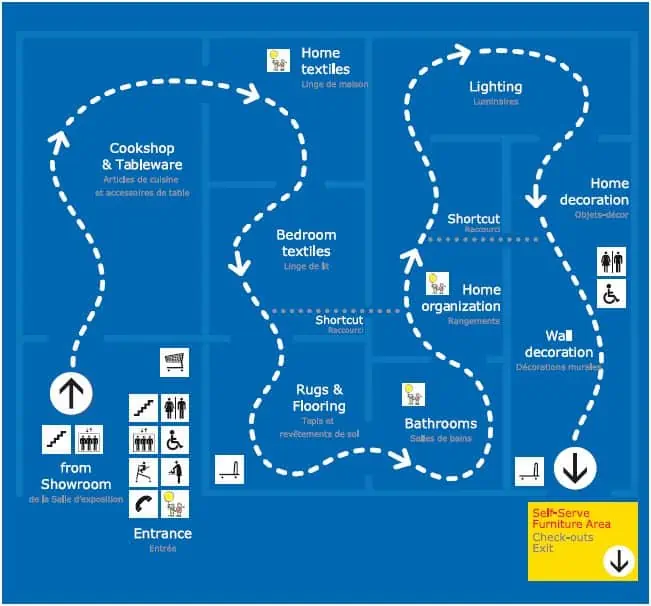
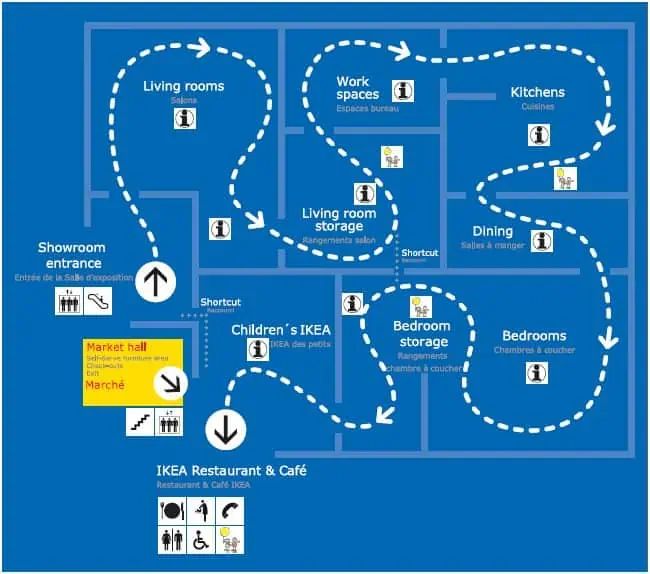
IKEA also have other approaches up its sleeves than just a store layout, they are:
The brand recognises the importance of dopamine (the feel-good hormone) when shopping.
- Dopamine – The brand recognises the importance of dopamine (the feel-good hormone) when shopping. It is not so tricky for the brand to use. When a person sees, eats, hears or smells something nice, the body automatically releases dopamine, uplifting their overall mood. Despite being a furniture store, IKEA’s establishment of an internal food court has immensely provided profits to the brand. In 2017, the company earned solely $2.24 billion from food sales.
- ‘Bulla, Bulla’ Effect – the company employs the “bulla bulla” technique, which involves placing a large number of items in bins in a disorganized manner to create the appearance of high volume and cost-effectiveness.
Bottom Line?
Gruen transfer is an effective way for businesses to get the most out of their customers. Simply by understanding the customer’s wants, needs, and emotions, retailers can create a layout that will keep customers engaged and willing to spend their money.
This phenomenon finds its application in several industries, with supermarkets being one of the biggest beneficiaries.
However, the customer needs to be aware of Gruen transfer and its various techniques to prevent getting tricked into spending excessively. A simple way to do this is to take a few moments and look around before making purchases, so as to assess the environment carefully and make an informed purchase decision.
Go On, Tell Us What You Think!
Did we miss something? Come on! Tell us what you think about our article on gruen transfer in the comments section.
A startup consultant, digital marketer, traveller, and philomath. Aashish has worked with over 20 startups and successfully helped them ideate, raise money, and succeed. When not working, he can be found hiking, camping, and stargazing.
